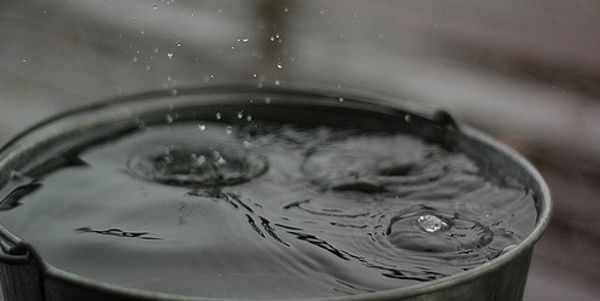India’s Dussehri Delight Goes Global: UP’s Mango Magic Now in Dubai!
Did you ever think the mango you munch on every summer could be a global celebrity? Well, buckle up, because the iconic Dussehri mango from Uttar Pradesh has officially gone international! In a historic first, 1,200 kg of these golden delights (400 boxes, 3 kg each) were airlifted straight from Lucknow to Dubai. The shipment, valued at $2,992 was a momentous leap for UP’s farmers.The mangoes were dispatched by Lucknow’s Mango Pack House and received by Dubai-based Vergro Trading LLC. The mango boxes were flagged off by UP’s Horticulture Minister Dinesh Pratap Singh. This marked the beginning of what’s being hailed as a sweet revolution where mangoes are celebrated as global ambassadors of Indian flavor.Malihabad: The Heartbeat of Mango KingdomIf you’re wondering where this mango magic is rooted, let’s introduce you to Malihabad, a charming town near Lucknow that practically breathes mangoes. With over 30,000 hectares of mango orchards, it’s the largest mango-producing belt in all of UP. This town isn’t just famous for its Dussehri and Langda varieties but also for generations of families here who have been cultivating mangoes for over 200 years. In fact, the Malihabadi Dussehri was granted GI (Geographical Indication) status in 2010, which means this mango literally owns its name. Every bite you take holds stories of old trees, morning harvests, and a whole legacy tucked inside the juicy pulp.Farmers Take the Lead: The Real Heroes of the StorySo, how did this mango fairy tale take flight? Not without the heroes—the farmers themselves. Under the Indo-German AMD (Agricultural Market Development) Project, three Farmer Producer Organizations (FPOs) in the Lucknow region were trained to meet global standards of packaging, hygiene, and export practices. Among them, Irada Farmers Producer Company Limited and Malihabad Farmer Producer Company Limited stepped up and secured direct export orders to Dubai, all on their own! For the first time, these FPOs independently managed international exports without any middlemen. The Future is Sweet (and Exported!)This isn’t just a one-time news bite; it’s the start of a whole new journey. The UP government, under CM Yogi Adityanath, is actively supporting mango growers by providing training, improving infrastructure, ensuring better packaging, and aligning produce with international standards. The vision? To make UP’s mangoes a regular name in global markets. As Minister Singh put it, the mission is to let the world know what we’ve always known—that India grows the best mangoes, and it’s time the world tasted them. With rising exports, strong farmer support, and a global appetite for desi flavours, the Dussehri has finally found its wings.



